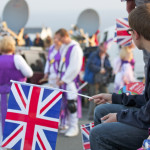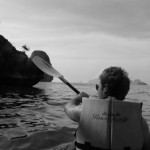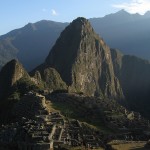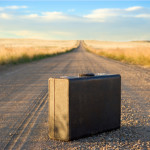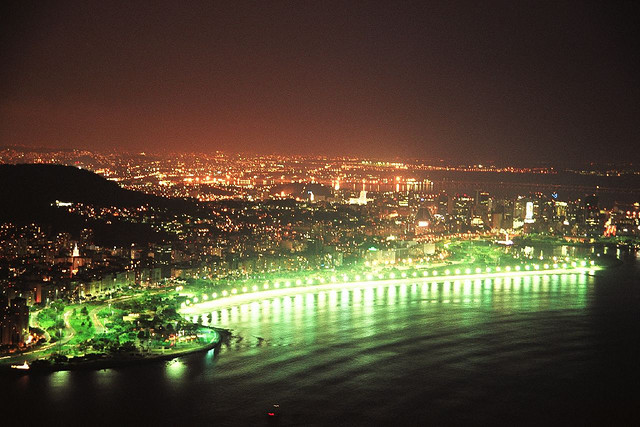
Water. It is one of the most powerful tools in the geological toolbox when it comes to shaping and sculpting the earth. Glaciers, rivers, floods and crashing waves have conquered stone and moved mountains.
There are few more beautiful examples of this destructive force than the Guanabara Bay, in Brazil, more commonly known as the Harbour of Rio De Janeiro. If you were to count all the litres of salt water therein, it would rank as the biggest such coastal feature on the planet. It’s also one of the 7 natural wonders of the world.
The powerful Atlantic Ocean hammered away at the mountainous coastline, carving out a natural bay. The giants that overlook the slowly unfolding drama below include Sugar Loaf Mountain, Corcovado Peak and the hills of Tijuca. The well heeled will be able to appreciate the full splendour of the grand scenery from the sky, taking a plane ride or a helicopter trip. Those keen to spend more time in the sky can hang glide their way around the sights.
For more modest mortals, a cab or bus ride along one of the windy roads is a distant but still fabulous second. From way up there, the panorama of cityscapes and sandy beaches is sure to astound any fortunate visitors to this natural wonder of the world. A cable car ride on Sugar Bush Mountain will help you face your fear of heights or induce a heart attack.
Corcovado Peak on the other hand, is home to the modern day man made wonder, the statue of Christ the Redeemer, overlooking the six million Brazilians below in one of the countries bigger cities. Incidentally, the capital is Brasilia.
Other aspects of the bay certainly worth exploring include the islands that the formidable ocean waters did not devour. Beach life is an integral part of the local culture and there is much to explore by taking a boat tour of the area.
Whizzing about in the ocean with the giant granite protrusions looking over your tiny boat is indeed a humbling experience. The towering sky scrapers look like little Lego buildings in comparison. Some of these stone grandfathers morph into colossal sea monsters at night when their silhouettes are all that remain, towering over the moonlit waters below.
The scale of the harbour is what makes it significant and what gives it so many faces. You could take a million photos from as many different view points and you would not have covered all the angles.
No wonder the Brazilians enjoy the beach so much. Of course, the masses of scantily clad, bronzed beach goers are also famous for being easy on the eyes.
Try to time your visit to the Harbour of Rio De Janeiro with the Rio carnival to really catch the spirit of this vibrant city. Travel safely though and be mindful of crime especially in the infamous favelas or slums.
Portuguese is the official language and you will pay for your visit in a currency called Real (pronounced reh-al).
Photo by Bruno Girin

